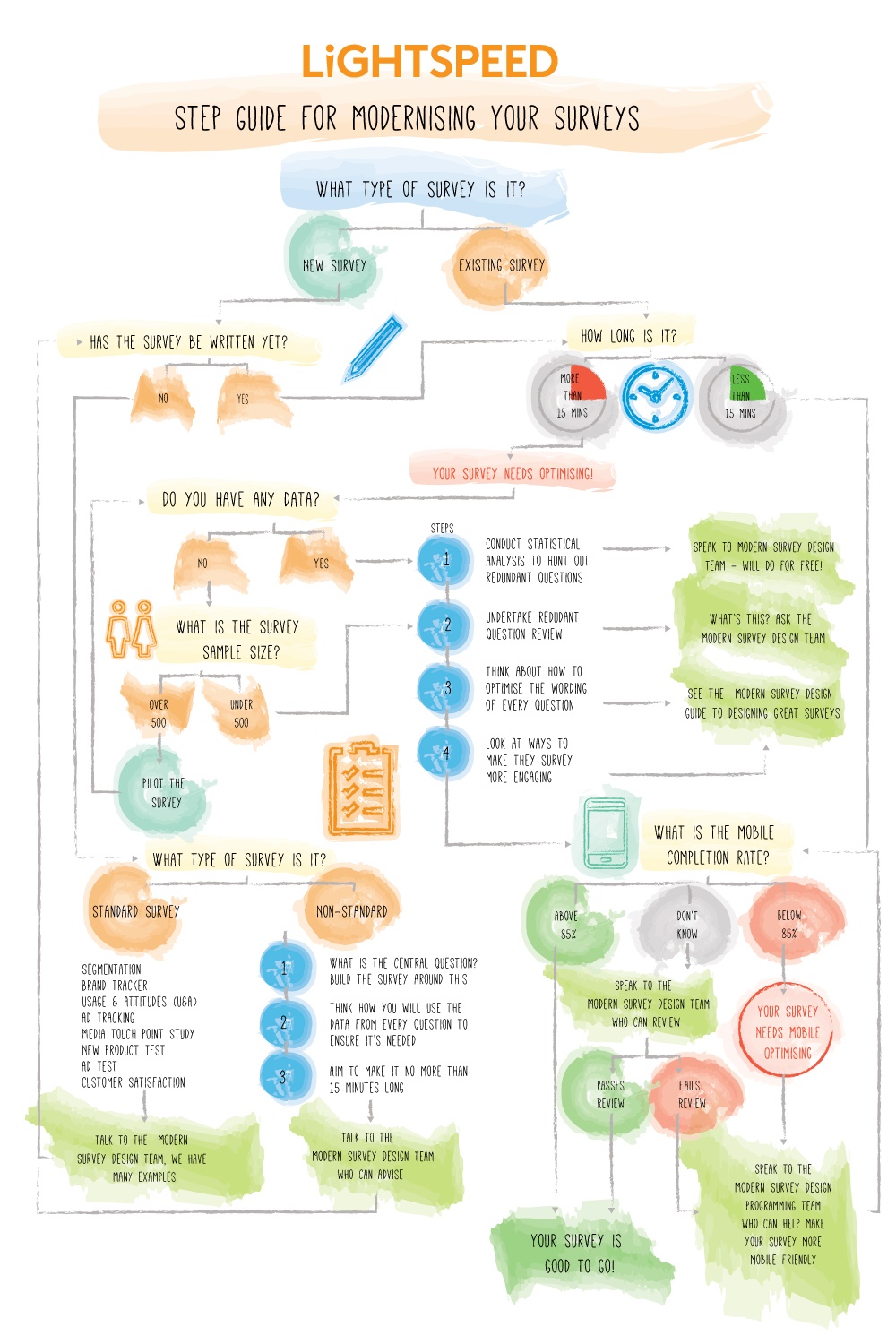In building the Kantar Profiles Network, we had a clear aim: helping brands and marketers to better understand their audiences. This commitment has been central to the development of our largest single source of respondents to help, simply and securely, connect our clients to trusted data and make informed decisions. But how exactly do we do this?
Here’s just five of the reasons the Kantar Profiles Network helps improve your access to actionable data…
Read More
Topics:
Digital Data Collection,
Research Quality,
Innovation,
Online Sampling,
Market Research,
Digital Consumer,
Marketing Research,
Data Quality,
Panels,
Consumer Insights,
marketing research best practices,
modern surveys,
Sourcing
Today users of research data and insights are regularly – and maybe unwittingly - confronted by a tradeoff between speed, quality and cost whilst juggling the need to move faster with tighter budgets.
Read More
Topics:
Research Quality,
Innovation,
Survey Length,
Survey Design,
Online Sampling,
Market Research,
Data Quality,
marketing research best practices,
Survey Engagement,
modern surveys,
Sourcing
The biggest misconception since the launch of GDPR is the belief the European legislation, published in May 2018, changed the landscape of privacy and security. However, what it actually did was set more stringent checks on the preexisting legal processes and privacy compliance, as well as increase the level of accountability through heftier penalty charges for those noncompliant.
So, how do we manage data and connect data sources safely without fear of handling the personal data of our customers and respondents in a careless manner?
We should start by stating the obvious concept of anonymisation.
Read More
Topics:
Data Driven Marketing,
Privacy,
Data Quality,
MRX Trends,
data enrichment,
marketing research best practices,
data series,
gdpr,
data search
Do you want to optimise your product development? Improve your market share? Achieve growth?
I mean, of course you do, who wouldn’t? But, at the same time, you’re finding this challenging. You can’t really pinpoint where the gap lies and identify what the next steps should be. Well, if that’s the case then keep reading. Because Conjoint Analysis might be the right solution for you.
Healthcare companies win over physicians by putting the right combination of features in their products and charging the right price. It is as simple as that; and Conjoint Analysis helps you do exactly that.
Read More
Topics:
questionnaire design,
marketing research best practices,
Healthcare Research
By engaging with consumers in meaningful ways, you’ll capture data on what they think, what content they see and what they do. Our Modern Survey Design techniques enable you to know more by asking the right questions in the right way.
Read More
Topics:
Survey Design,
questionnaire design,
marketing research best practices,
modern surveys
Teaching marketing research has given me the opportunity to connect with people who could be future leaders in the marketing research industry, which I find to be an exciting extension of my ‘day job’ heading-up research methods and best practices for Lightspeed. I am currently teaching Consumer Insights at Northern Kentucky University. Teaching undergrads marketing research has made me reevaluate how we in the industry talk about various topics and try to come up with simple ways to explain what we do. One of my first challenges was coming up with a framework that summarizes the uses of marketing research and the specific research techniques tied to each use. I was thinking this should be simple; however, I quickly realized I couldn’t find what I wanted, so I created my own framework.
Read More
Topics:
Marketing Research,
marketing research best practices
Marketing research companies are experiencing low response rates and low engagement rates, so the industry is continuing to turn to technology to try to increase both. According to the Pew Research Center, nearly two-thirds of adults in the U.S. own a smartphone of some kind, and 46% say their smartphone is, “something they couldn’t live without.” Younger generations coming of age have never known a world without incredibly intelligent mobile devices. With the inevitable and exponential growth of technology, more streamlined mobile devices and the rise of the ‘always on’ consumer, these numbers will continue to grow dramatically.
Read More
Topics:
Marketing Research,
marketing research best practices
A dozen years ago a debate raged in the marketing research community over the switch from probability sampling methods such as telephone RDD to nonprobability sampling methods as are typical with online access panels. In the interim years, most clients moved to online samples but there are still some that cling to probability methods. However, we now see the quality of probability samples being questioned because of low response rates for RDD. In an interesting twist, the very same techniques that nonprobability samples use to weight and model data now often need to be done on probability samples to account for nonresponse bias.
Read More
Topics:
Online Sampling,
marketing research best practices,
nonprobabliity samples,
probability samples










